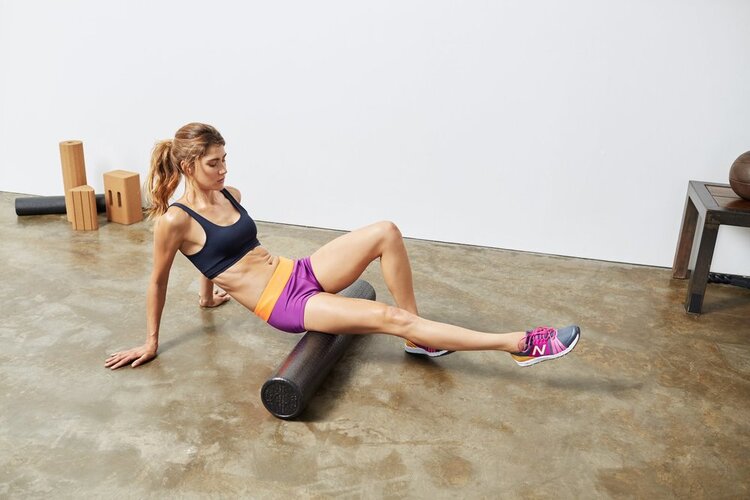#AskthePhysio aims to highlight issues or conditions that the public DID NOT know could be treated with physiotherapy.
Why Women's Health?
Discussions around Women’s Health in the media has increased over the last 18 months. Conversations around areas such as menopause has brought women’s health issues into the spotlight and higher in the public consciousness. This has increased awareness of issues effecting women and men such as incontinence. This campaign is designed to educate the public and encourage them to see a physiotherapist as part of their journey.
- Urine incontinence, or the involuntary leakage of urine, is a common symptom that affects 1 in 4 women. Prevalence of this problem increases with age, as up to 75 percent of women above age 65 report urine leakage*
- 1 in 10 women in Ireland have endometriosis, an inflammatory condition which occurs when cells similar to those found in the lining of the uterus are found external to the uterus. Women with endometriosis also report bloating, thigh pain, nausea, fatigue, heavy periods and IBS symptoms
- Worldwide, the rates of chronic pelvic pain for women of childbearing age range from 14% to 32%. Between 13% and 32% of these women have pain that is severe enough to cause them to miss work.*
Physiotherapy can help with factors involved in pelvic pain including low back and hip pain, bladder pain or bladder urgency/leakage, painful sex (dyspareunia), IBS and pain science education. We want increase the publics awareness of this.

The Role of Physiotherapy in Pregnancy
During Pregnancy
Physiotherapy treatments may include:
- Educating you on what is wrong and why
- Advice on your posture
- Assessment and exercises to help strengthen and coordinate your abdominal and pelvic floor muscles
- Using certain belts or compression pants
- Treatment such as massage or ultrasound
- Advice on using heat and ice
- Activities and positions you should avoid to help decrease your pain
After Pregnancy
Physiotherapists can help by:
- Doing a thorough assessment on your abdominal and pelvic floor changes that have occurred as a result of pregnancy, labour and delivery
- Examining your bladder or bowel issues
- Educating you about your problem and what treatment will be best to help you
- Giving you exercises to improve posture, pelvic floor muscle function and coordination, and helping you return safely back to your sport or favourite exercise
- Giving you breastfeeding support and treatment for mastitis and blocked ducts
- Supplying supportive braces or devices
Pelvic Floor Exercises
Try following the steps below:
- Lie on your back with your knees bent or sit in a chair with your back supported
- Imagine that you are trying to stop yourself from passing wind and at the same time trying to stop your flow of urine mid-stream. The feeling is one of ‘squeeze and lift’. Closing and drawing up the back and front passages
- Build this up to holding for 10 seconds and repeat 10 times. As the muscles get stronger you will feel a stronger squeeze and lift
- Now do some quick strong lifts of your pelvic floor. Repeat until the muscles get tired.
- Keep breathing normally
- Try to avoid clenching your buttocks or legs
- Relax the muscles completely after each exercise

Resources
Find a Chartered Physiotherapist
Use our Find a Physio tool to find a Chartered Physiotherapist working in your area
Disclaimer
The content on this page is provided for general information purposes only and is not meant to replace a physiotherapy or medical consultation. The ISCP is not responsible for the content of any external sites, nor should selection be seen as an endorsement of them.




